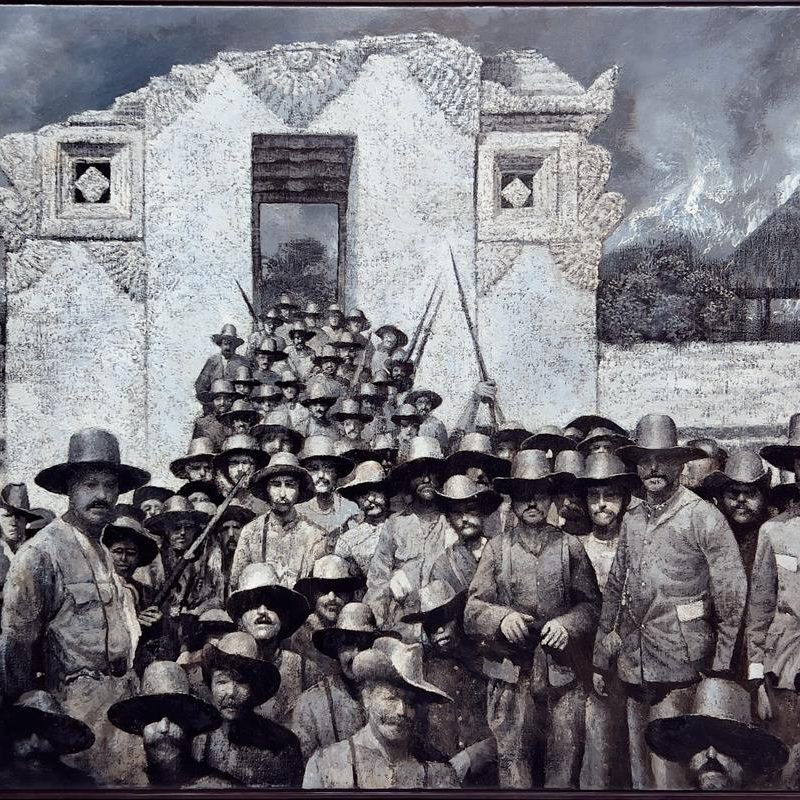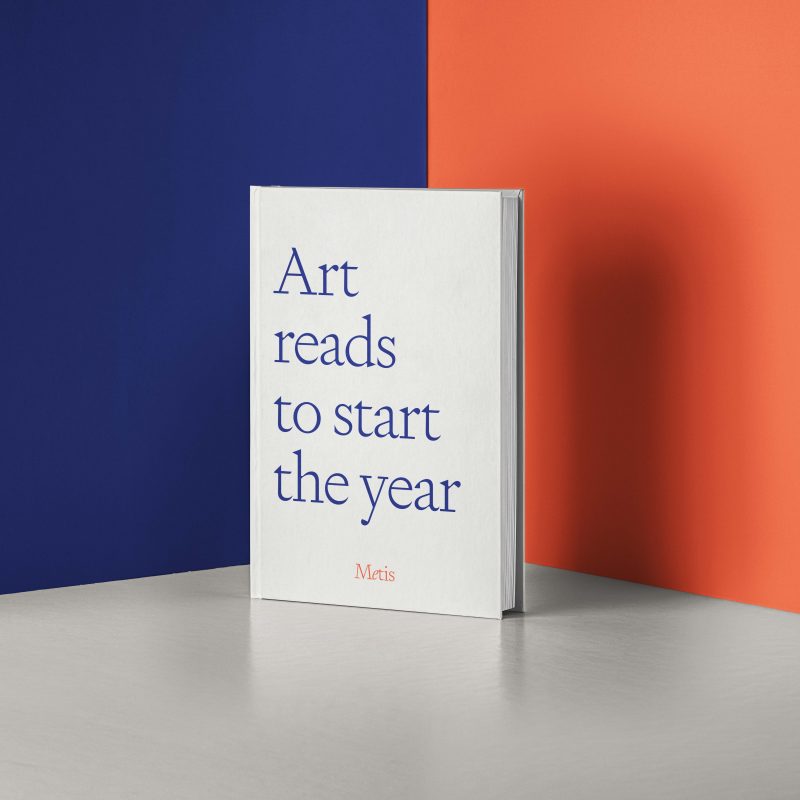The very first fair to emerge from the pandemic, and invite international collectors and the global art industry to the UAE, Art Dubai brought a wave of refreshment for us at Metis. Though greatly reduced to 50 galleries from 31 countries, the fair was energising and truly global. It represented some of the best art from the MENA (Middle East and North Africa) region, African art and its diaspora, and regions as far flung as Eastern Europe, South and Southeast Asia. Vladislav Sludskiy and I report back from the fair with our findings.
–
Kehinde Wiley
Galerie Templon
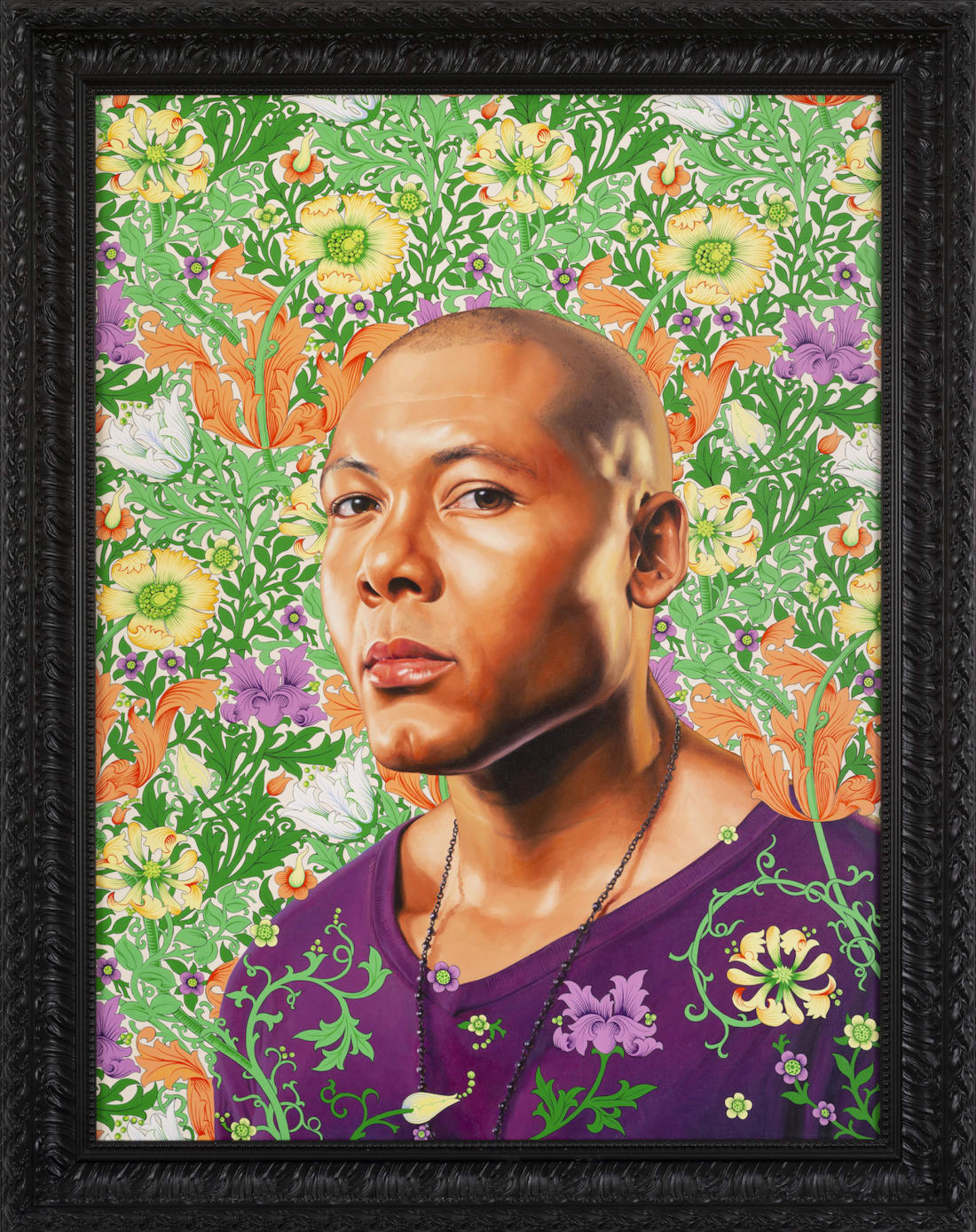
Kehinde Wiley, ‘Portrait of Jae White’, 2011, oil on canvas, 144 x 113 cm. Image courtesy of Galerie Templon and Art Dubai.
Wiley shot to fame when the Smithsonian commissioned realist portraits of the Obamas. Since then, he has risen to be one of the key artists in African-American figure painting, and his work was simply unmistakable. Painting in the veins of the vibrant epic and the heroic, his current pricing is still reasonable at the mid six-figures, and we feel he still has a greater blue-chip trajectory to follow.
–
Sarah Abu Abdallah
Athr Gallery
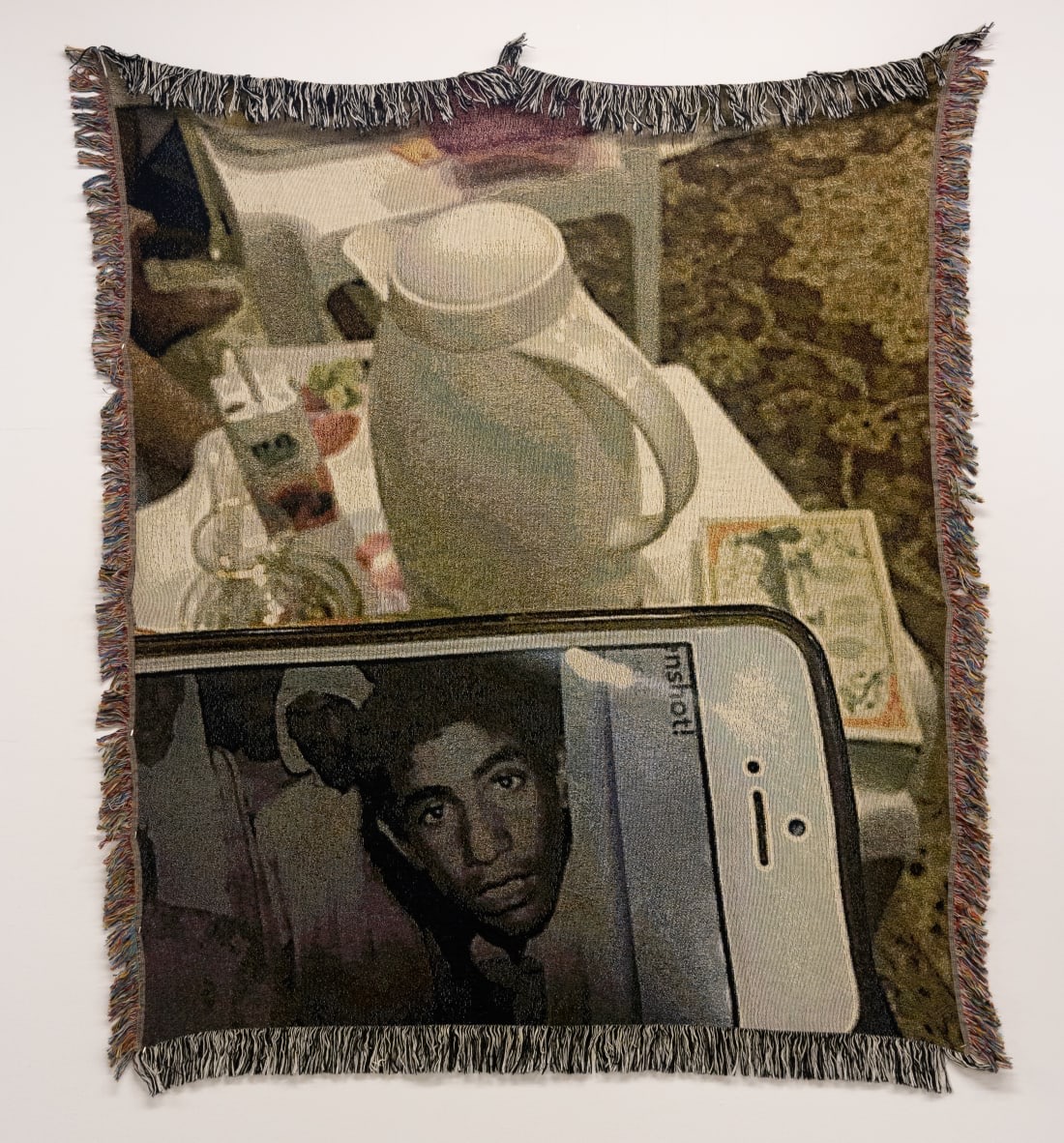
Sarah Abu Abdallah, ’18 Blankets, 1′, print on cotton fiber, 53 x 63 cm. Image courtesy of Athr Gallery and Art Dubai.
This Saudi artist’s series entitled 18 Blankets depicted the rubble of war-torn cities or trash heaps in the desert, turning the domestic tradition of the woven Arabian carpet into something quite absurd. At US$1,600 for an edition of 4 by an artist who has exhibited at the MoMA, the Centre Pompidou, the Venice Biennale, and several more high-ranking institutions, these tapestries were a surprisingly affordable discovery.
–
Jitish Kallat
Galerie Templon
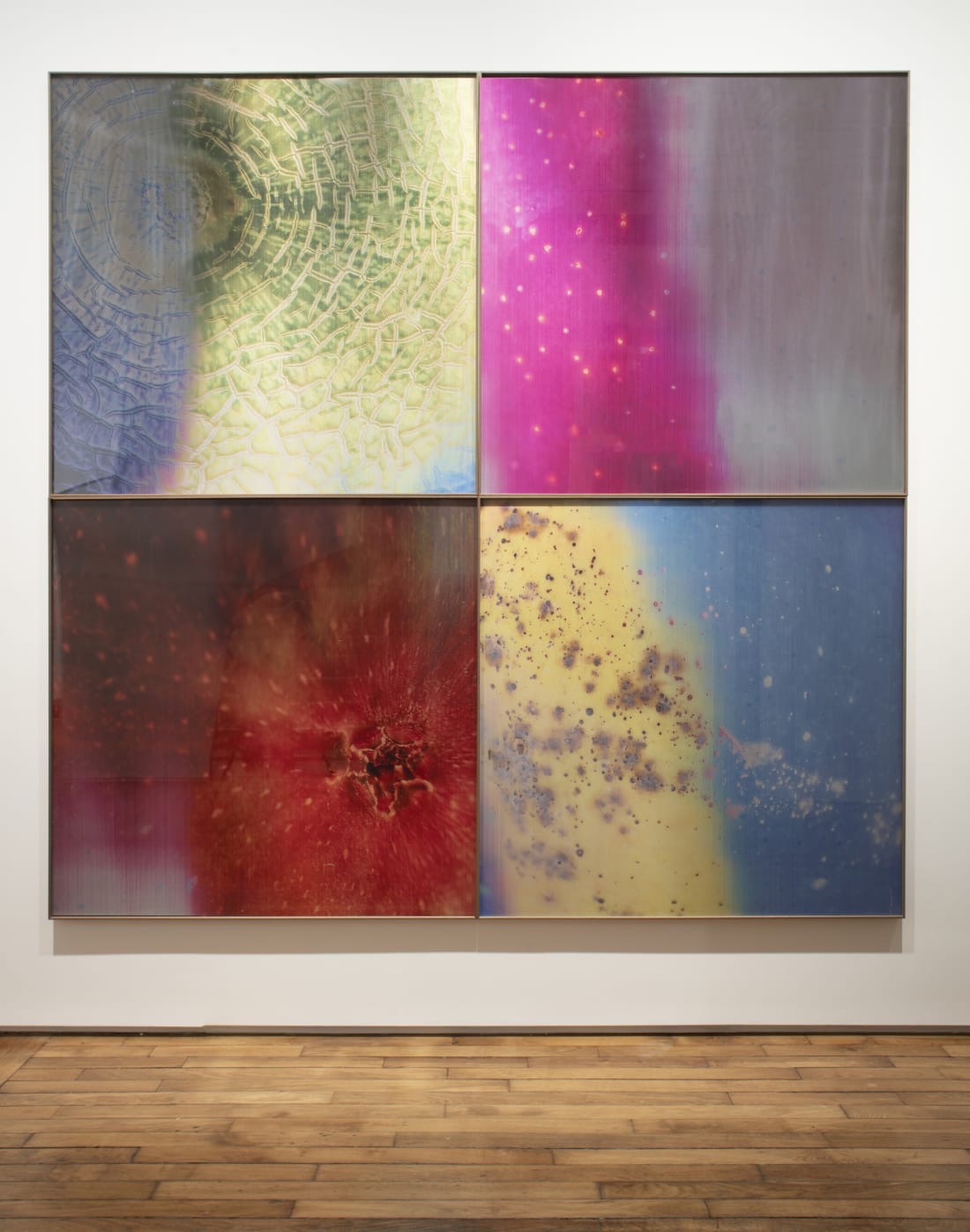
Jitish Kallat, Sightings, ‘D7M6Y2017’, 2017, 4 parts lenticular photopieces, 112 x 112 cm each panel. Image courtesy of Galerie Templon and Art Dubai.
Chromatically stunning and almost inter-terrestrial, Jitish Kallat’s lenticular prints glitter with a hyper-real variance as the viewer moves alongside them. What may seem like cosmic, psychedelic phenomena are actually close-ups of fruits purchased at a market in Mumbai near to where the artist lives. The work dances upon the assumptions and blindspots of our limited vision, especially when we overlook the incredible beauty in the everyday.
–
Maia Naveriani
Gallery Artbeat
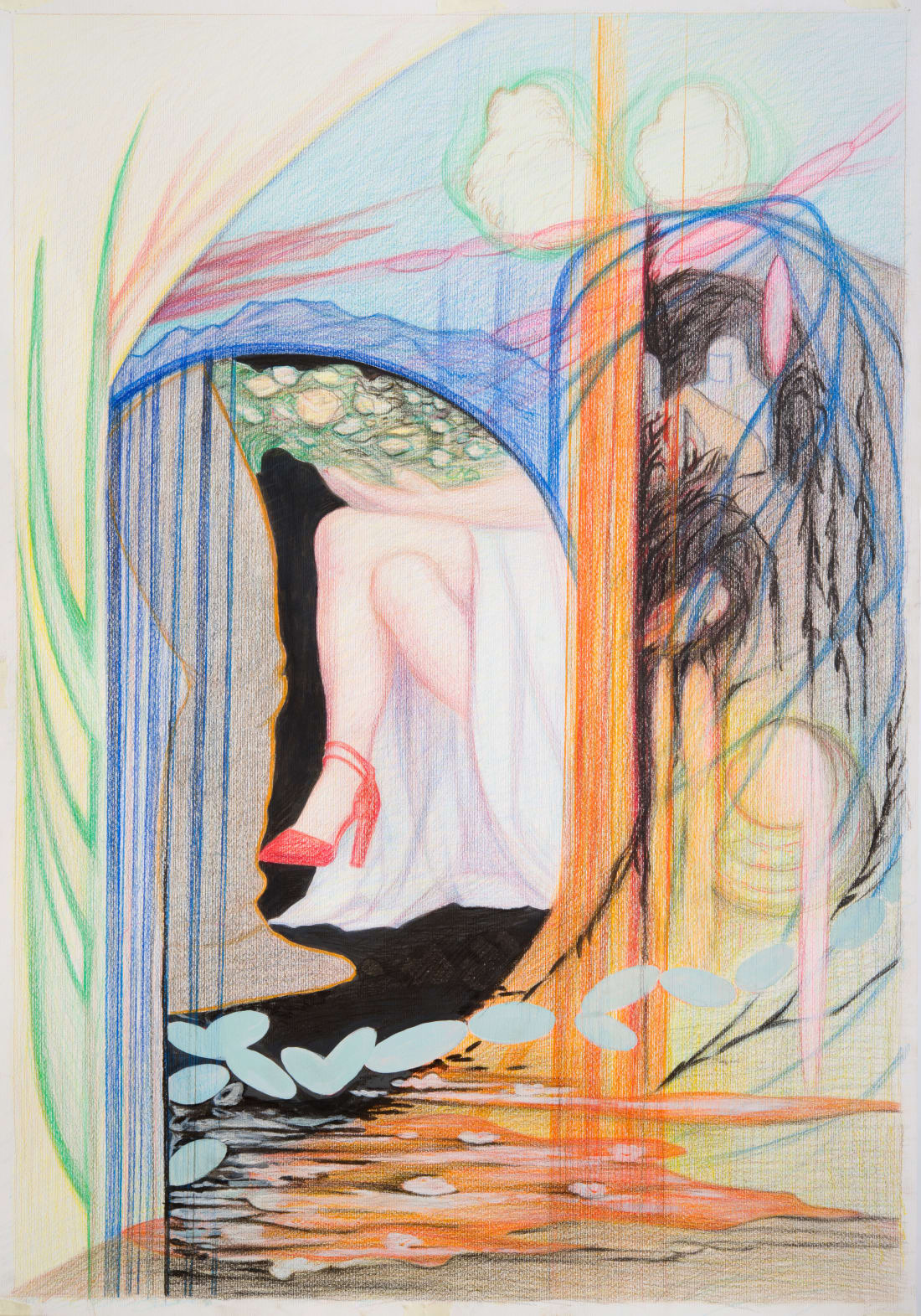
Maia Naveriani, ‘Authentic Behavior’, 2019, coloured pencils and mixed media on paper, 101 x 70 cm. Image courtesy of Gallery Artbeat and Art Dubai.
The colour pencil drawings of Georgian artist Maia Naveriani are intuitive, psychological and distinctively feminine. Seashells, seaweed and shafts of light penetrate her figures, girls become birds in button-up shirts, and hands offer hens in an offering. These whimsical, mystical sketches are just what we need to see after a very difficult year.
–
Ramin Haerizadeh, Rokni Haerizadeh, and Hesam Rahmanian
Gallery Isabelle van den Eynde

Ramin Haerizadeh, Rokni Haerizadeh, and Hesam Rahmanian, ‘Painting in Drag’, acrylic, oil, paper collage, heavy mold, canvas, velcro and wallpaper on tarp, 200.5 x 245 cm. Image courtesy of Gallery Isabelle van den Eynde and Art Dubai.
This Iranian artist trio have worked together since 2009 and live in self-imposed exile in Dubai. They plunder Persian cultural history and Iranian politics so that the religious oppression usually associated with the region explodes into colours, as they collage found newspapers and archival photos with a personal, tongue-in-cheek symbology.
–
Monir Shahroudy Farmanfarmaian
The Third Line
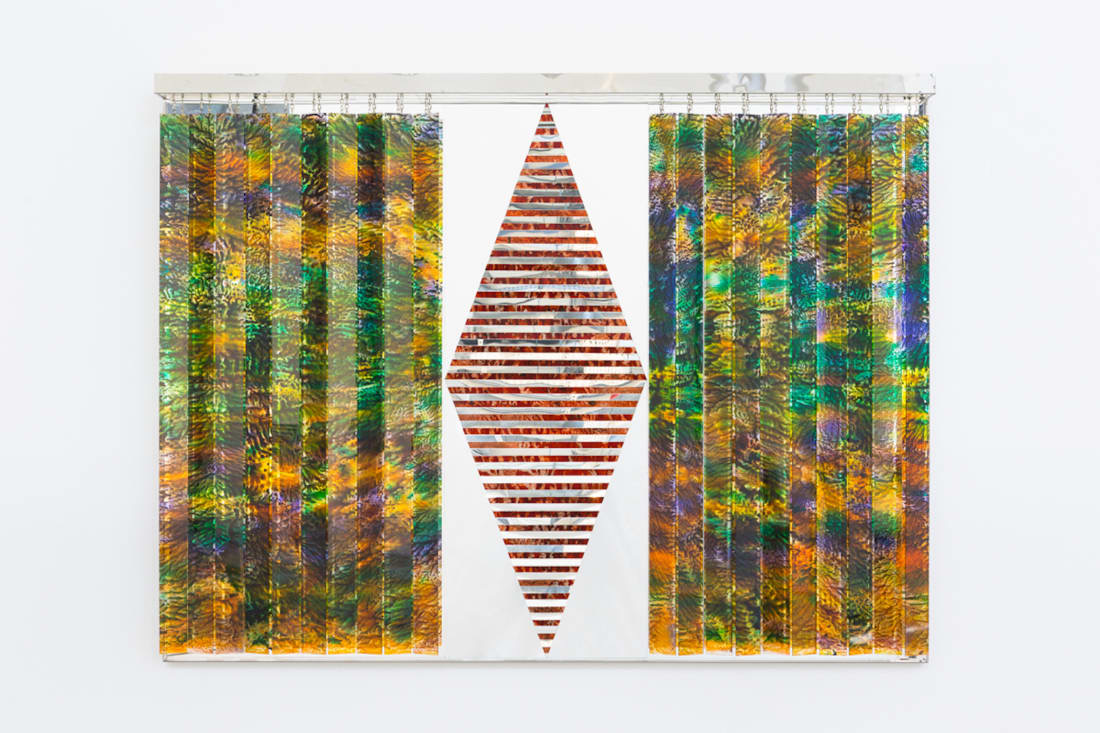
Monir Shahroudy Farmanfarmaian, ‘Kinetic Diamond’, 2018, mirror and reverse plexiglass painting, reverse glass painting on plaster and wood, 125 x 165 cm. Image courtesy The Third Line and Art Dubai.
Last, but definitely not least, Monir Shahroudy Farmanfarmaian’s geometric mirrors are always a delight to see at her estate’s home gallery The Third Line. Monir rubbed shoulders with New York’s avant garde, like Andy Warhol, Jackson Pollock and Joan Mitchell, then returned to Iran to study its folk and Sufi aesthetic traditions. She was particularly inspired by the finely cut āina-kāri mirror mosaics, such as those at the Shah Cheragh mosque in Shiraz. Hers is a pioneering, spiritual form of abstraction that harkens back to ancient West Asia.






